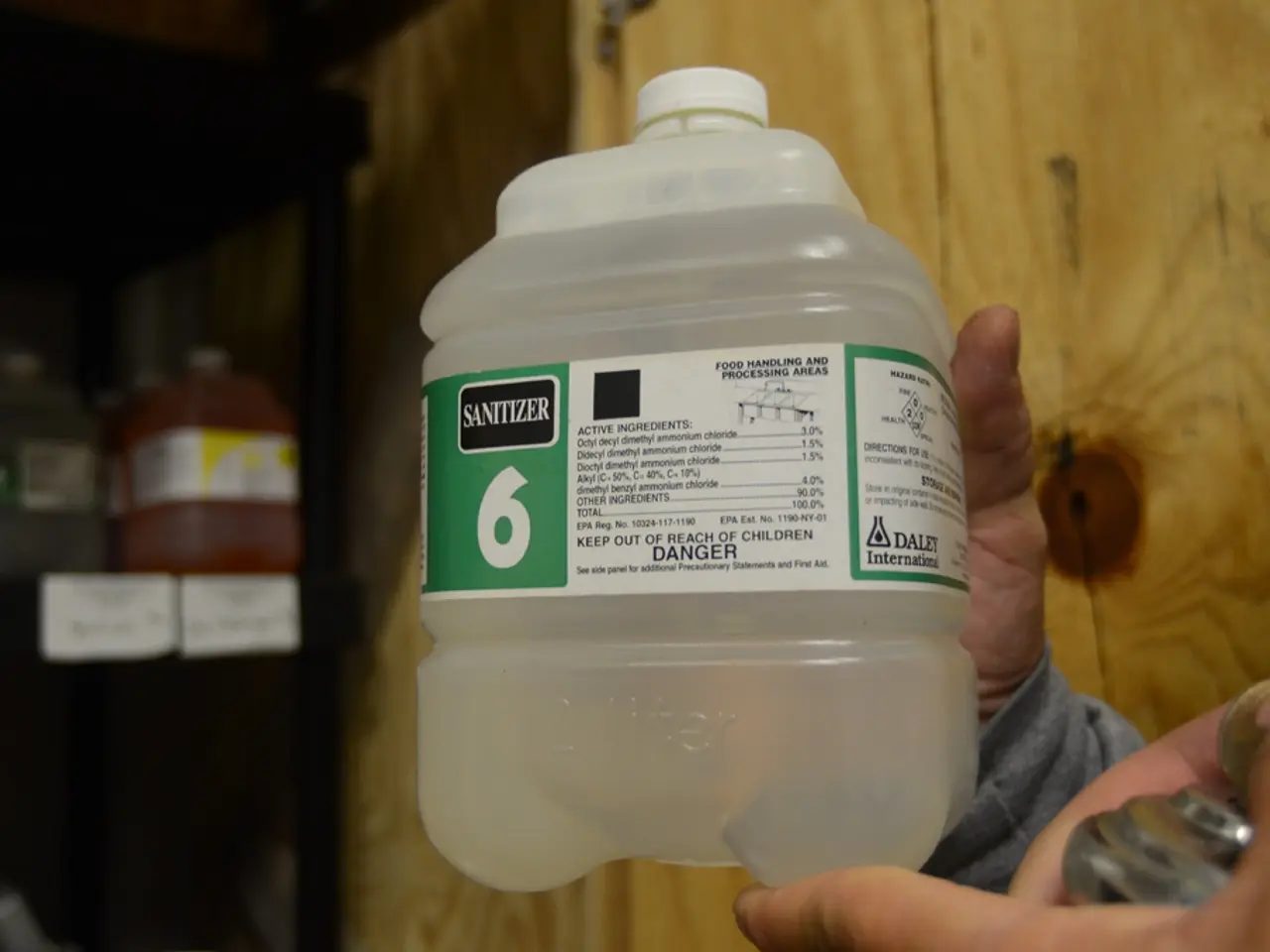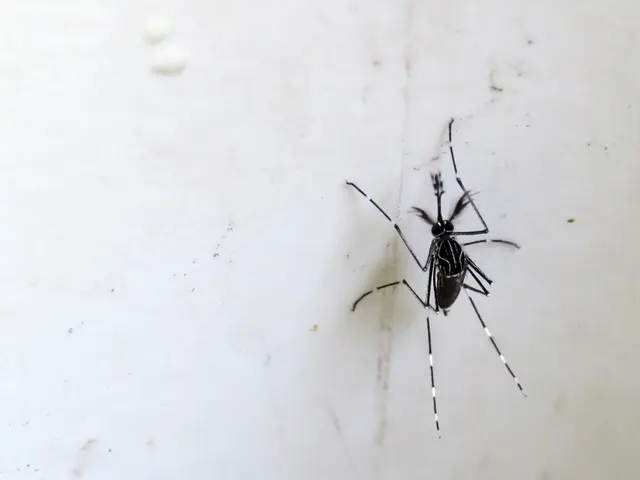Monitoring scope of food safety inspections adjusted by CDC
The Centers for Disease Control and Prevention (CDC) has announced a modification to a key program that monitors foodborne illnesses in the United States. A CDC spokesperson confirmed this change to POLITICO on Tuesday.
The purpose of this narrowing of reporting requirements is to allow FoodNet staff to prioritize core activities. The CDC program will now only track infections of salmonella and shiga toxin-producing Escherichia coli, which are among the top 5 contributors to foodborne illnesses in the United States and significant contributors to hospitalizations and deaths related to these illnesses.
Six illnesses have been dropped from the CDC program, including campylobacter, cyclospora, listeria, shigella, vibrio, and yersinia. However, the CDC spokesperson stated that other systems at the CDC will continue to conduct national surveillance for infections with these dropped pathogens.
The CDC program, which is responsible for monitoring foodborne illnesses, is a crucial part of the public health system in the United States. Other authorities involved in monitoring these infections include the Food and Drug Administration (FDA) and potentially other public health agencies at federal and local levels.
The modified CDC program will no longer track campylobacter, cyclospora, listeria, shigella, vibrio, and yersinia, but other systems at the CDC will continue to do so. This change is expected to allow the CDC to focus more effectively on the most common and severe foodborne illnesses, improving the overall safety of the food supply in the United States.
Read also:
- Peptide YY (PYY): Exploring its Role in Appetite Suppression, Intestinal Health, and Cognitive Links
- Toddler Health: Rotavirus Signs, Origins, and Potential Complications
- Digestive issues and heart discomfort: Root causes and associated health conditions
- House Infernos: Deadly Hazards Surpassing the Flames








